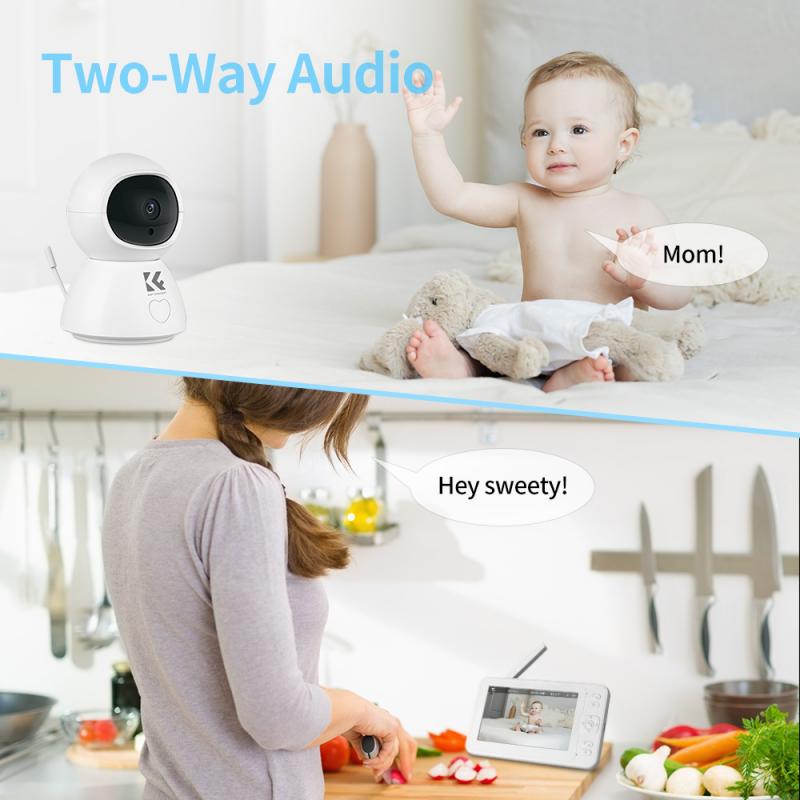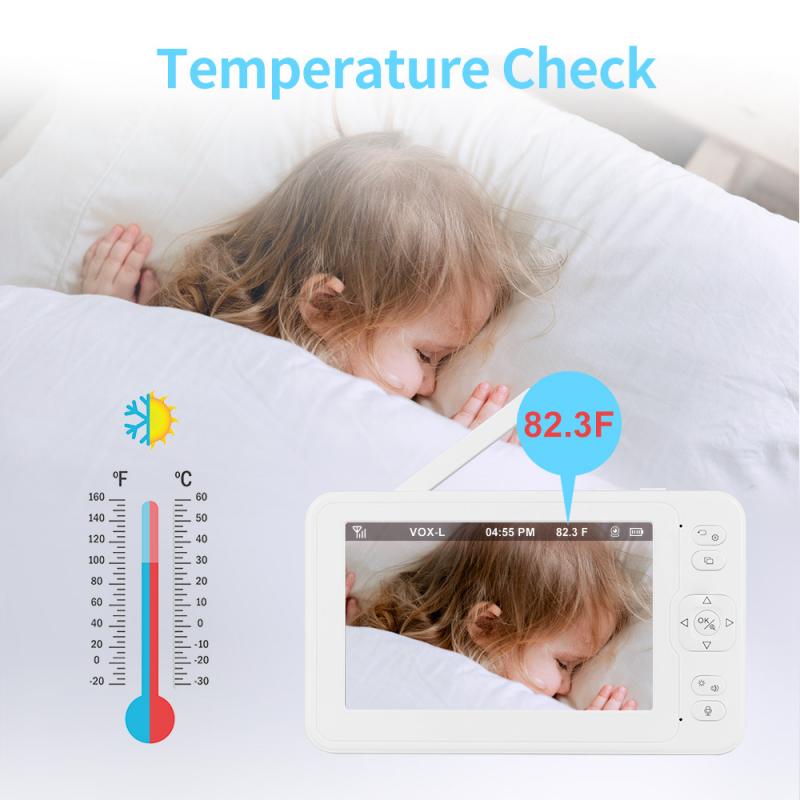How To Record My Screen With Audio?
Recording your screen with audio can be an essential skill for various purposes, such as creating tutorials, capturing gameplay, or documenting software issues. With the increasing demand for high-quality content, understanding how to effectively record your screen with audio is crucial. This article will guide you through the process, covering different operating systems, software options, and best practices to ensure you achieve the best results.
Understanding Your Needs

Before diving into the technical aspects, it's important to identify your specific needs. Are you recording a tutorial, a presentation, or gameplay? Do you need to capture system audio, microphone input, or both? Understanding these requirements will help you choose the right tools and settings.
Choosing the Right Software

There are numerous software options available for screen recording, each with its own set of features. Here are some popular choices:
For Windows

1. OBS Studio (Open Broadcaster Software)
- Pros: Free, open-source, highly customizable, supports multiple audio sources.
- Cons: Steeper learning curve for beginners.
- Best For: Advanced users who need extensive customization and control.
2. Camtasia
- Pros: User-friendly interface, built-in video editor, high-quality output.
- Cons: Expensive.
- Best For: Professionals who need an all-in-one solution.
3. Xbox Game Bar
- Pros: Built-in, easy to use, no additional software required.
- Cons: Limited features, primarily designed for gaming.
- Best For: Casual users and gamers.
For macOS

1. QuickTime Player
- Pros: Built-in, simple interface, free.
- Cons: Limited features, no system audio recording without additional software.
- Best For: Basic screen recording needs.
2. ScreenFlow
- Pros: High-quality output, built-in editor, supports multiple audio sources.
- Cons: Expensive.
- Best For: Professionals who need advanced features and editing capabilities.
3. OBS Studio
- Pros: Free, open-source, highly customizable.
- Cons: Steeper learning curve.
- Best For: Users who need extensive customization and control.
For Both Windows and macOS
1. Snagit
- Pros: User-friendly, built-in editor, high-quality output.
- Cons: Expensive.
- Best For: Users who need a simple yet powerful tool.
2. Loom
- Pros: Easy to use, cloud storage, free version available.
- Cons: Limited features in the free version.
- Best For: Quick and easy screen recordings with sharing capabilities.
Setting Up Your Recording
Once you've chosen the right software, the next step is to set up your recording environment. Here are some general steps to follow:
1. Install and Launch the Software
- Download and install the software from the official website.
- Launch the application and familiarize yourself with the interface.
2. Configure Audio Settings
- Select the audio sources you want to capture (e.g., system audio, microphone).
- Adjust the audio levels to ensure clear and balanced sound.
- Test the audio to make sure everything is working correctly.
3. Select the Recording Area
- Choose whether you want to record the entire screen or a specific window/area.
- Adjust the recording area as needed.
4. Set Up Hotkeys (Optional)
- Configure hotkeys for starting, pausing, and stopping the recording for easier control.
Recording Your Screen
With everything set up, you're ready to start recording. Here are some tips to ensure a smooth recording process:
1. Prepare Your Content
- Plan out what you want to record and create an outline or script if necessary.
- Close unnecessary applications and notifications to avoid interruptions.
2. Start Recording
- Press the designated hotkey or click the record button to start.
- Follow your outline or script, and try to speak clearly and at a steady pace.
3. Monitor the Recording
- Keep an eye on the recording software to ensure everything is working correctly.
- Make adjustments as needed, such as changing the audio levels or recording area.
4. Stop Recording
- Press the designated hotkey or click the stop button to end the recording.
- Save the recording to your desired location.
Editing and Exporting Your Recording
After recording, you may need to edit the video to remove any mistakes, add annotations, or enhance the audio. Here are some general steps:
1. Import the Recording
- Open the recording in your preferred video editing software.
- Import any additional media files you need (e.g., images, music).
2. Edit the Video
- Trim any unnecessary parts from the beginning and end.
- Add annotations, text, or other visual elements to enhance the content.
- Adjust the audio levels and apply any necessary filters or effects.
3. Export the Video
- Choose the appropriate export settings based on your needs (e.g., resolution, format).
- Export the video to your desired location.
Best Practices for High-Quality Screen Recordings
To ensure your screen recordings are of the highest quality, follow these best practices:
1. Use a Good Microphone
- Invest in a quality microphone to ensure clear and crisp audio.
- Use a pop filter to reduce unwanted noise.
2. Record in a Quiet Environment
- Find a quiet space to record to minimize background noise.
- Inform others around you to avoid interruptions.
3. Optimize Your System
- Close unnecessary applications to free up system resources.
- Ensure your computer is running smoothly to avoid performance issues.
4. Test Before Recording
- Conduct a test recording to check the audio and video quality.
- Make any necessary adjustments before starting the actual recording.
5. Keep It Simple
- Avoid overloading your recording with too many effects or transitions.
- Focus on delivering clear and concise content.
Recording your screen with audio is a valuable skill that can enhance your content creation efforts. By choosing the right software, setting up your recording environment, and following best practices, you can create high-quality screen recordings that effectively communicate your message. Whether you're a professional content creator or a casual user, these tips and techniques will help you achieve the best results. Happy recording!
